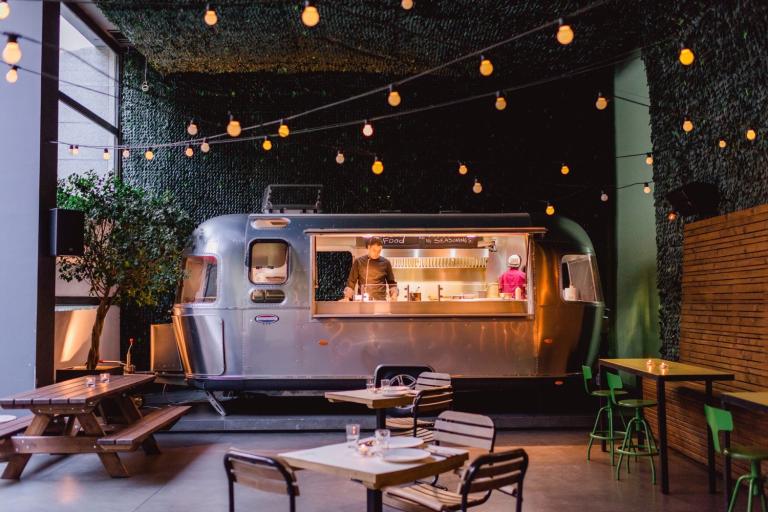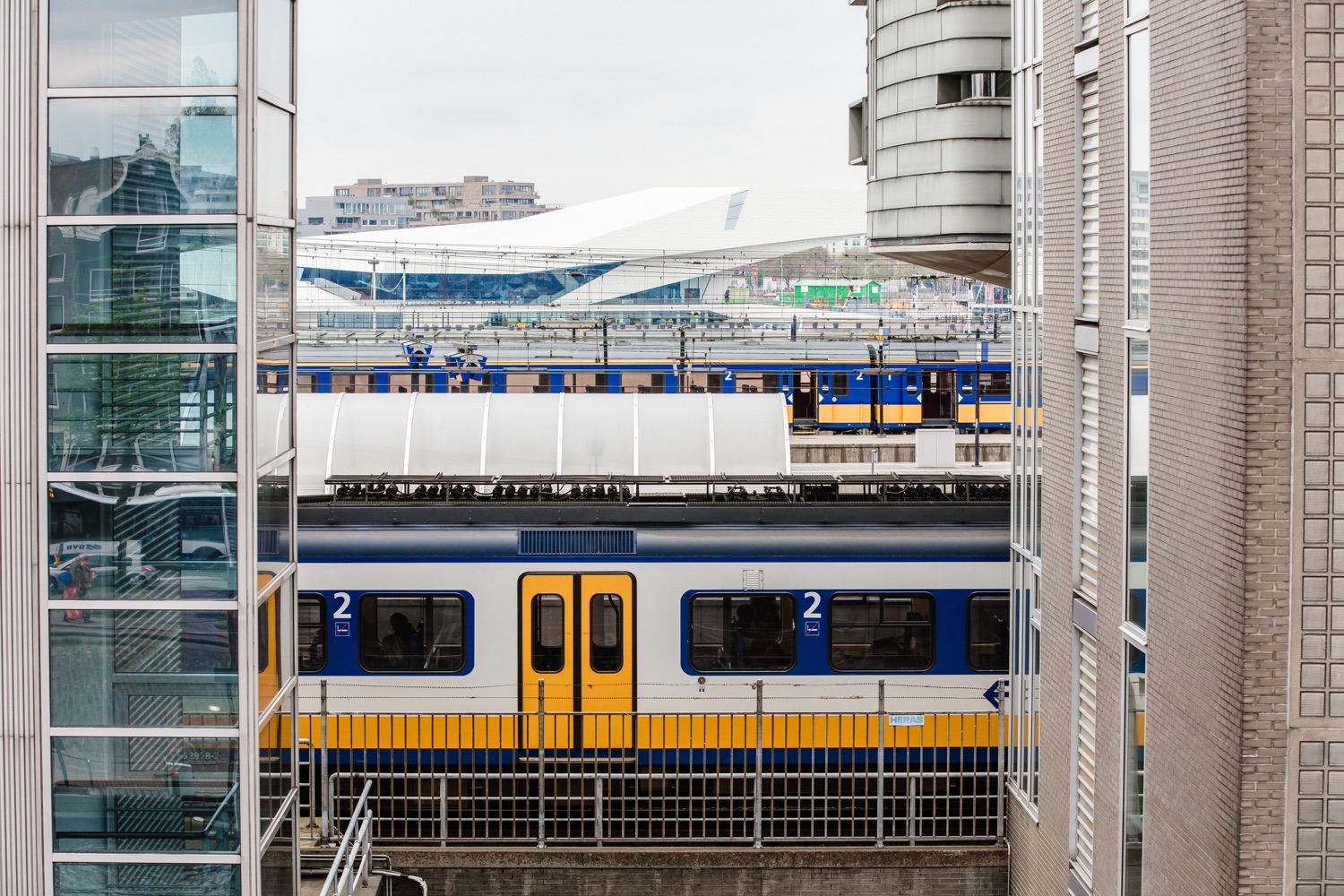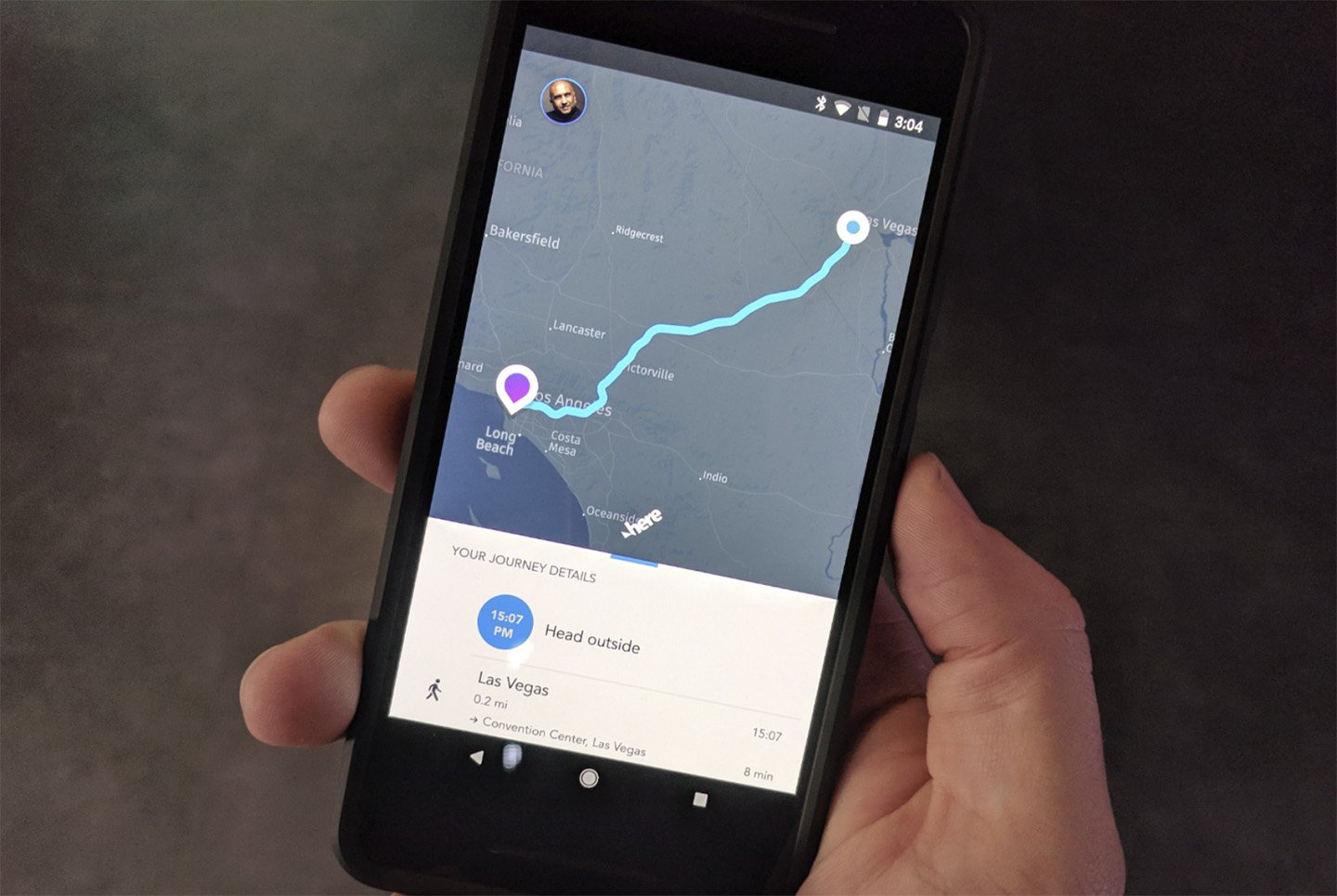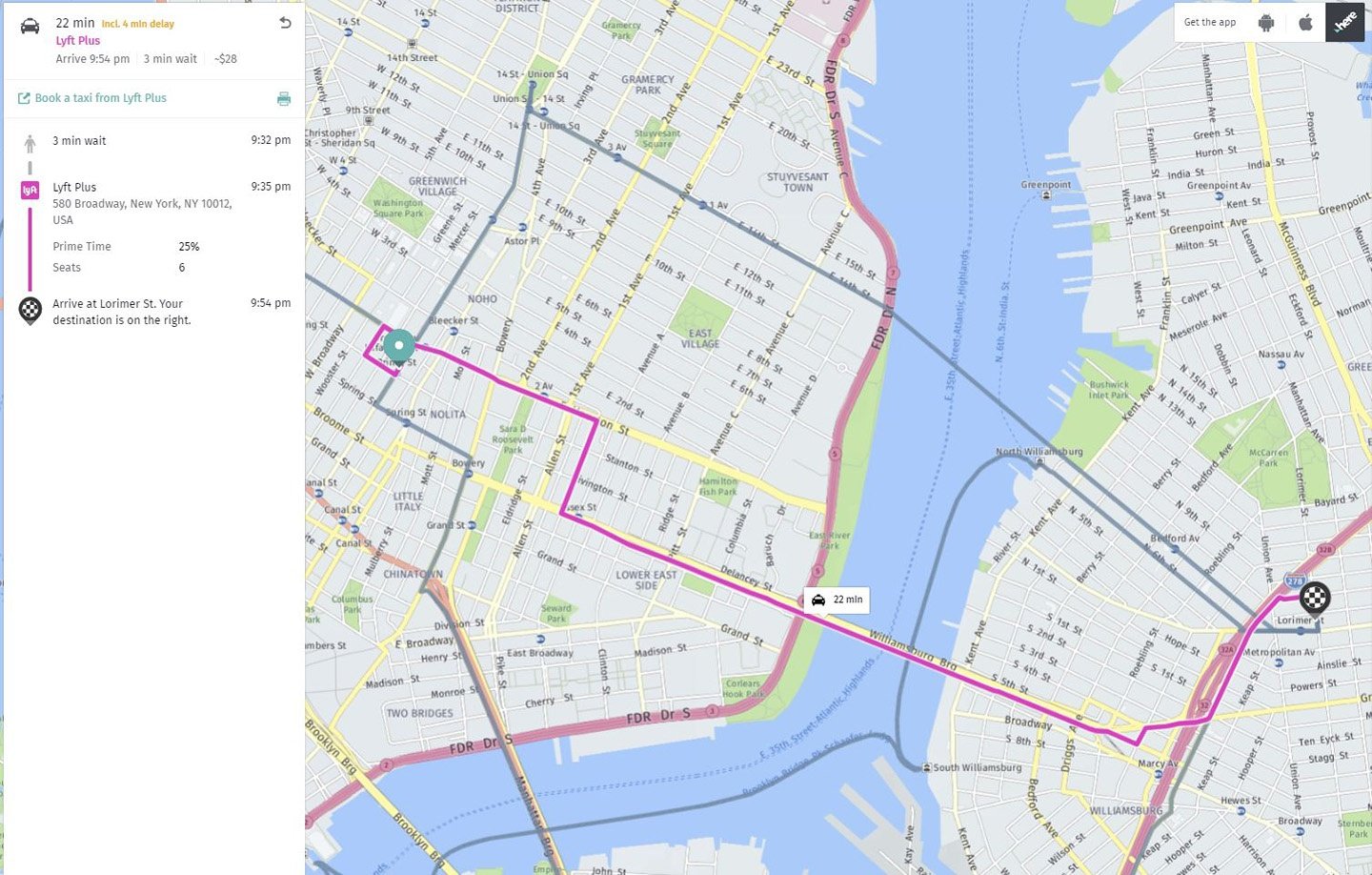When applications connect, we get our time back

When you go out this weekend, how many apps will you use? We all enjoy our smartphones when they make the world more accessible – but how much time are you spending going from app to app to get things done? Couldn’t this be easier?
Artificial intelligence (AI) and machine learning have become ubiquitous. One might think they’re invisible, but on the contrary, they can be seen clearly when Netflix suggests what we want to watch, or when Amazon recommends what we want to buy, or when social media shows us what it thinks we want to see.
All of the above are instances of AI working for someone else. But, we’re living on the cusp of when AI will come to work for us directly. And like the above examples, it will work with the same kind of invisibility. What specifically do I mean? Glad you asked.
Consider taking a trip out of town this weekend.
Great idea! All you have to do is open the app for your local train carrier, and check the schedules and prices to figure out timing.

Oh, wait, it’s been a while since you used the train app, so you may need to re-confirm your billing information. You’ll use an email app and maybe a password manager to go back and forth to fix everything, then get back to the original app where you can buy a ticket.
You’ll use a map app to inform what time you need to leave. You’ll use a ride-share app to get there. You’ll use a music app to calm down the traffic nerves, and if you’re like me, you’ll simply take a wild guess at how much time you need between arriving at the station and getting to the train before it departs.
So that’s a lot of apps, and a decent amount of anxiety. This is why, as AI grows around us, we should demand that it works for us directly to enable smoother experiences. That said, steering toward a singular interface that combines the functions of all those apps is only the first step.
AI can’t just do the tasks, it must connect the tasks
During CES, we were thrilled to partner with Virgin Hyperloop One in producing a door-to-door travel experience. The app, if you recall, combined maps, car services like Lyft, and Hyperloop transit all into a single planning tool.

But there is a secret, amazing goodness in the features of that app and it’s this: the app tells Hyperloop when your Lyft is going to arrive.
No, that doesn’t sound impressive, but bear with me – the app didn’t simply tell Lyft that you wanted a car, and the train company that you wanted a ticket. Doing so is a rudimentary exercise in using a single interface to manage two separate apps.
Here’s the amazing thing: the condition of one application was shared (appropriately and relevantly) with the other app – and the second app used that information to become more efficient. In the case of Hyperloop, the time you arrive at the portal station may affect what time your pod leaves. Consider what other experiences this could enable.
“Alexa, I want to have dinner at Quino’s”
Let’s fast forward a few years when Alexa, Siri, or an app we have yet to discover has the following qualities: it has access to all of our applications, has all of our login details, payment information, is 100% secure, and it can use AI to connect all the data in between.
Hypothetically, the connected AI that works for us could check a map, public transit and three ride-share companies to determine the fastest transit to Quino’s restaurant. The AI would then use the table reservation app to make sure there’s availability, then put those two pieces of information together to call a car and make a reservation.

On the way to the restaurant, traffic develops, and we’re going to be late. Proactively, the AI detects the traffic information from our car service and connects again to the restaurant to let them know we’ll be late.
Later, when I pay the bill, our AI knows from my history that I usually to leave around ten minutes after paying. It could also know from history that I walk home, unless it’s below freezing, in which case I get a car. The AI checks the weather, noting that it’s cold but not windy, and knows I don’t want to take a car.
It’s the fact that apps can connect and share data that enables a potential like this. And indeed, I hope we’ll soon be using fewer apps to get more things done.
This is, of course, hypothetical. We don’t know what the reality will look like, but we look forward to a future where more services and companies are able to connect. I hope that reality means that we’re spending less time on our phones, and more time enjoying a nice walk home.
Have your say
Sign up for our newsletter
Why sign up:
- Latest offers and discounts
- Tailored content delivered weekly
- Exclusive events
- One click to unsubscribe